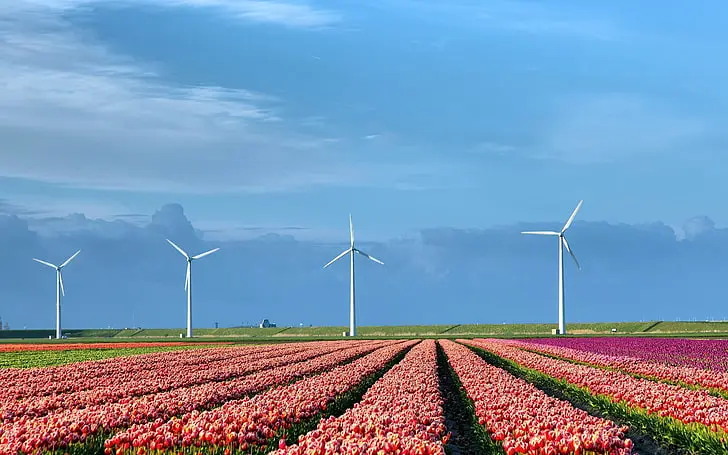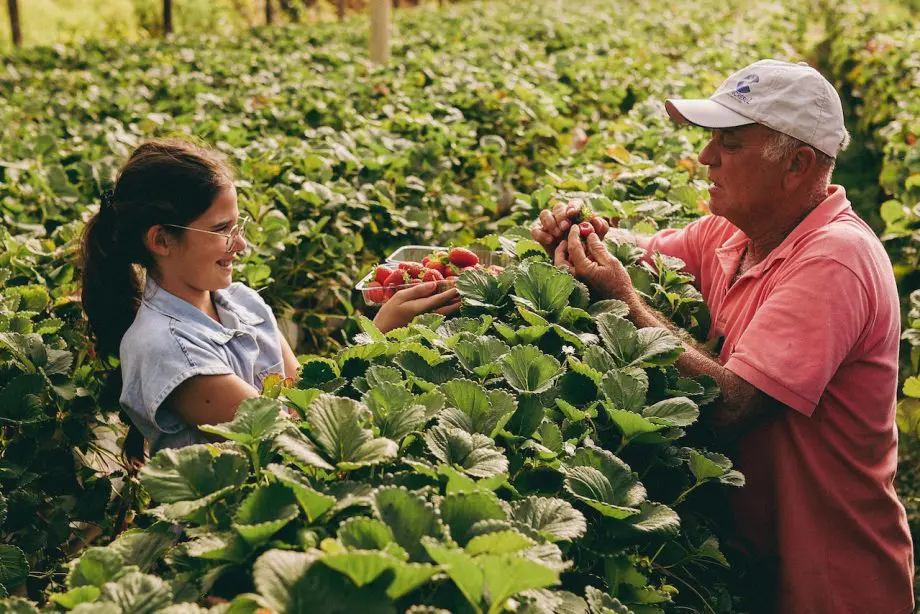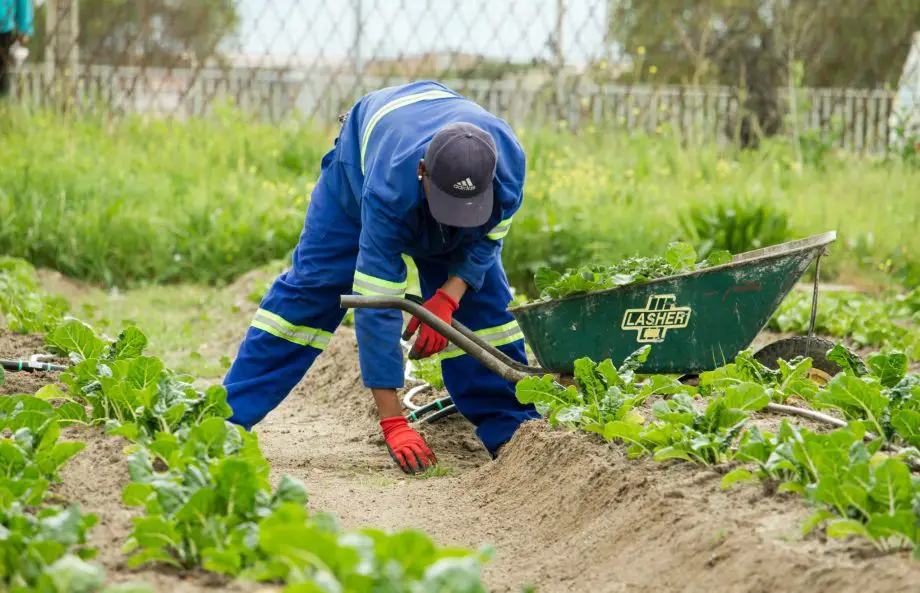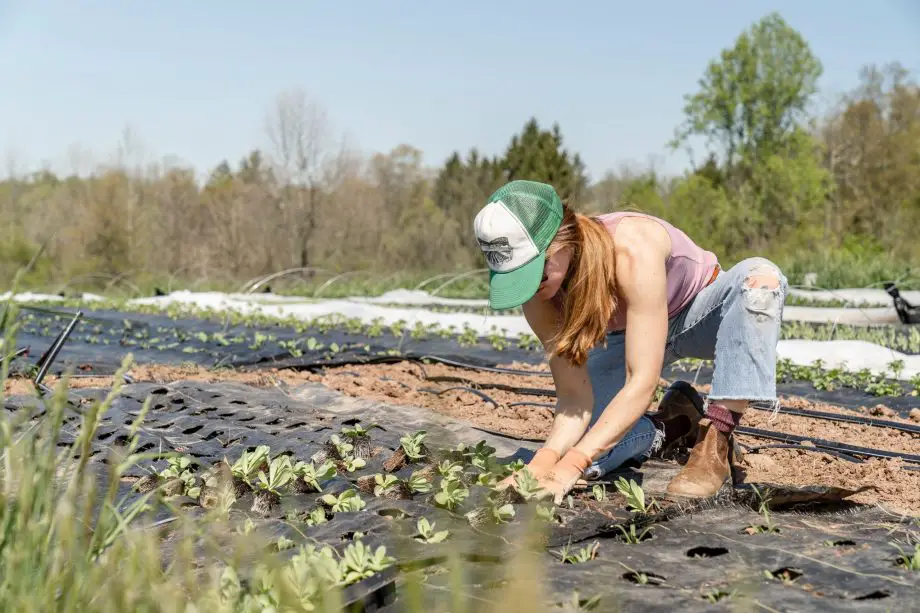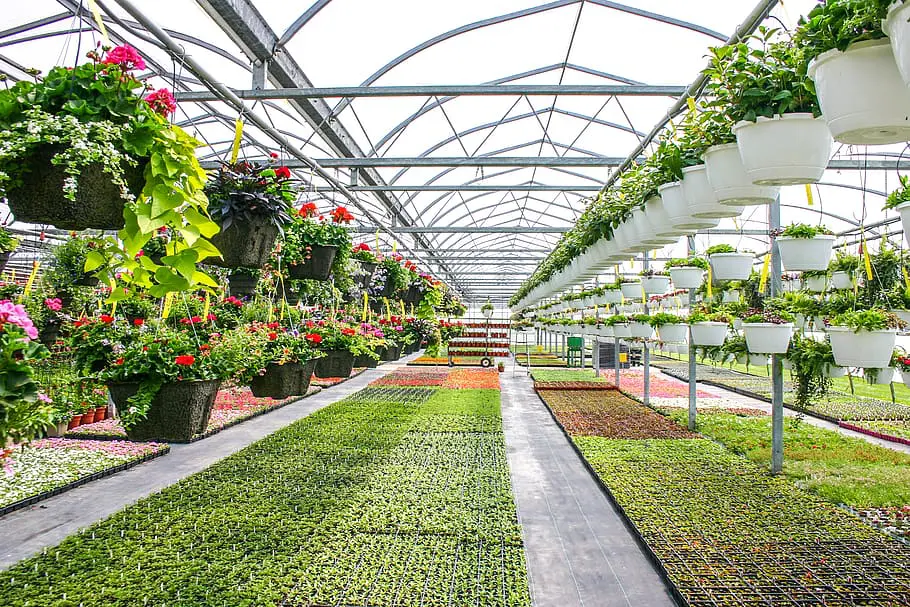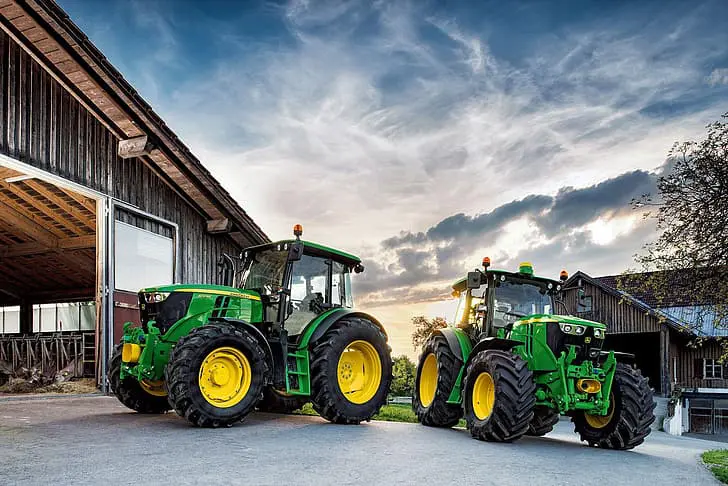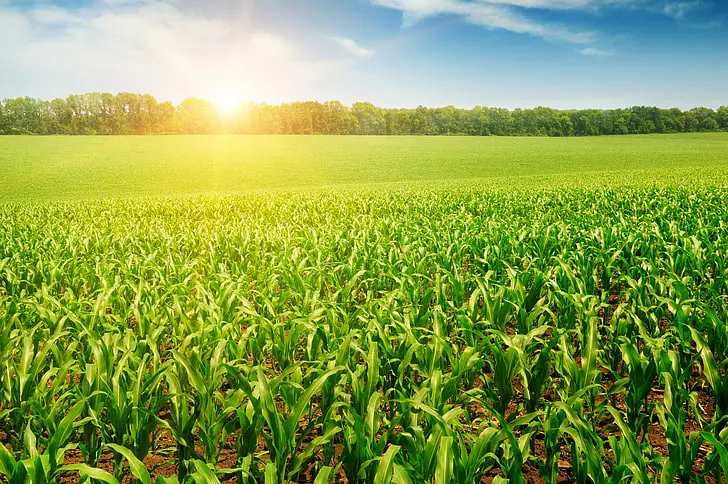
Discover the ins and outs of modern agriculture as we break down monoculture vs. polyculture farming. Learn which method is more sustainable and why.
Have you ever found yourself wondering about what the buzzwords “monoculture vs. polyculture farming” mean? You’re not alone!
These aren’t just trendy phrases; they’re at the heart of how our food is grown and food security.
So, let’s dig into this earthy topic and explore which method holds the key to a more sustainable and efficient future in agriculture. Ready to get your hands dirty? Let’s dive in!
Monoculture vs. Polyculture Farming: A Deep Dive into Modern Agriculture Techniques
The difference between monoculture vs. polyculture farming is primarily in crop diversity. Monoculture involves growing a single type of main crop over a large area, focusing on higher yields and efficiency. Polyculture, on the other hand, involves growing multiple types of crops in the same space, aiming for a balanced ecosystem and enhanced soil health.
Agriculture has long been the backbone of civilization. It’s not just about growing food. It’s about shaping landscapes, economies, and even cultures.
In today’s modern society, two prevalent farming techniques come into focus: monoculture and polyculture farming.
While both methods have their merits, they also come with their own sets of challenges.
In this blog post, we’ll delve into the intricacies of each to determine which approach may be more sustainable and efficient in the long run.
The Concept of Monoculture Farming
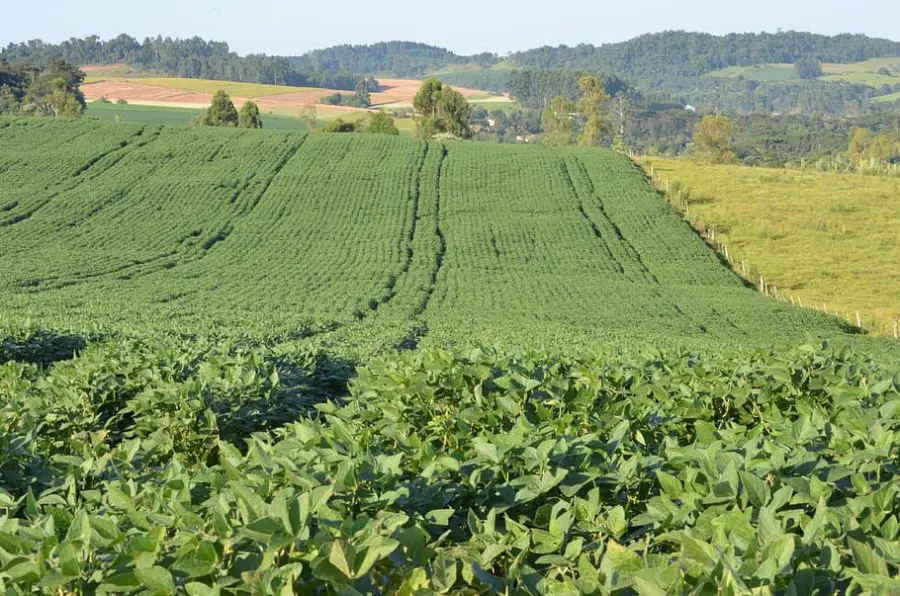
Definition and Basics: Monoculture farming involves growing a single type of crop over an extensive area.
This practice can be traced back to the Industrial Revolution when the emphasis was on maximizing output and profits.
The idea is simple: Grow one crop and learn how to do it exceptionally well.
Advantages of Monoculture Farming
One of the key benefits of monoculture farms is efficiency. When you’re focusing on a single crop species, operations become streamlined, from planting to harvesting.
Economies of scale come into play, as large equipment and bulk purchases of seed and fertilizers can significantly reduce costs.
It’s like a factory assembly line but for crops. Monoculture crops may produce higher yields than Polyculture crops.
Drawbacks of Monoculture Farming
However, the downsides are significant. Soil degradation is a considerable negative effect of monoculture.
Plants like corn and wheat are nutrient-hungry, and over time, they can deplete the soil of essential elements.
Pests and diseases also love monocultures; it’s like offering them an all-you-can-eat buffet. This can result in increased use of pesticides.
Moreover, the lack of biodiversity makes the ecosystem more fragile and less resilient to environmental changes.
Examples and Case Studies
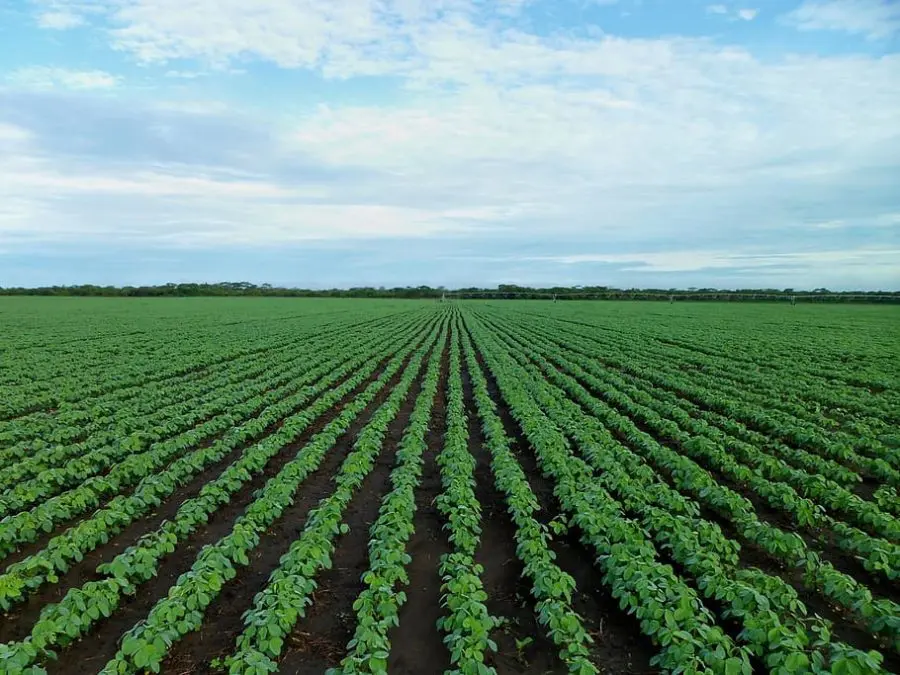
The American Midwest’s corn and soybean fields are classic examples of monoculture farming.
These operations can span thousands of acres, all dedicated to one or two types of crops.
They often use large amounts of chemical fertilizers and other chemical products to ensure high yields.
The short-term gains are high for monoculture agriculture, but over the years, these areas have faced escalating problems like soil erosion and pesticide-resistant pests.
The Concept of Polyculture Farming
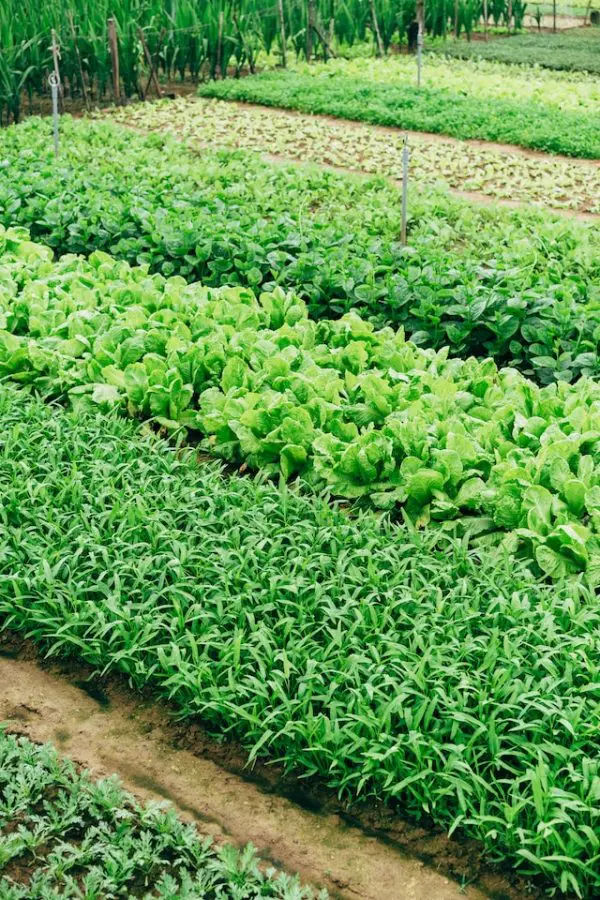
Definition and Basics: Polyculture farming practices, in contrast, involve growing multiple crops in the same space.
This approach mimics natural ecosystems and has been part of indigenous and traditional farming agricultural practices for centuries.
It’s like a well-orchestrated symphony where each plant plays a specific role.
Advantages of Polyculture Farming
The benefits are numerous for polyculture farms. Soil health is often superior in polycultures because different plants have varying nutrient needs and growth patterns.
This minimizes soil exhaustion and even enhances its fertility over time.
The use of a farming technique like cover crops or ‘green manure’ to to be turned under helps enrich the soil for future crops and aids in water retention by increasing organic matter.
Plus, pests have a harder time establishing themselves when they can’t find a large concentration of their favorite food.
Also, the biodiversity in a polyculture system makes it more resilient to weather changes and diseases.
Drawbacks of Polyculture Farming
However, it’s not all roses. Managing a polyculture farm requires a keen understanding of each crop’s needs, which can become complex.
Plus, not all plants play well together, and figuring out companion planting can be challenging.
It’s a bit like managing a multi-age classroom, where each individual needs different things to thrive.
Examples and Case Studies
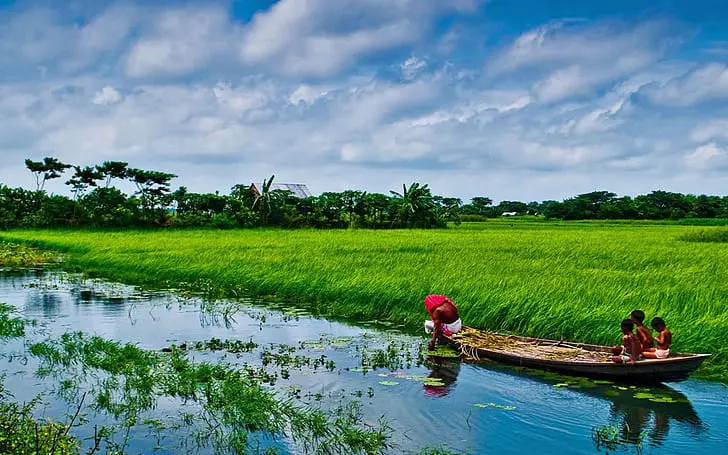
In Asia, traditional rice farming often incorporates ducks and fish, creating a closed-loop system that benefits all species involved.
The ducks eat pests, and their droppings fertilize the rice paddies. The fish, in turn, help aerate the soil.
It’s a prime example of a balanced ecosystem, producing food efficiently while also enriching the land.
Comparative Analysis
In this section, we’ll dive into a comparative analysis between monoculture and polyculture farming.
We’ll dissect their efficiency, sustainability, economic implications, and even their cultural impacts.
It’s like a head-to-head competition, only instead of athletes, we’ve got farming techniques vying for the title of Most Sustainable and Efficient. So let’s dig into the details!
Efficiency
When it comes to sheer output, monocultures often take the lead, especially in the short term.
Think of it like a specialized factory focused solely on producing one product very efficiently.
Polyculture, however, excels in long-term efficiency by maintaining soil health and reducing the need for external inputs like fertilizers and pesticides.
Sustainability
Sustainability is where polyculture shines. The positive effects of a diverse crop system enhance soil structure, encourage beneficial insects, and reduce susceptibility to diseases.
This can lead to a more stable food supply where crop failure is less likely.
Imagine it as a community where everyone contributes something unique, resulting in a strong, resilient system.
Economic Implications
From an ROI standpoint, monocultures usually offer quicker returns due to their scale and efficiency.
However, the long-term costs of soil degradation and reliance on synthetic inputs can add up.
Polyculture farming may involve higher initial investment but often results in lower long-term costs.
Social and Cultural Factors
Culture plays a significant role in farming choices. In regions where monoculture has been dominant for decades, it can be hard to transition to polyculture methods.
Think of it like switching from a Windows computer to a Mac; it’s not just a technical shift but a cultural one as well.
Future Trends
Advancements in technology and a greater emphasis on sustainable agriculture may soon blur the lines between monoculture and polyculture.
Innovations like precision farming, which uses AI and data analytics, could potentially mitigate some of the drawbacks of monoculture.
Meanwhile, an increased focus on organic farming and local produce could make polyculture methods more attractive to farmers and consumers alike.
FAQs
You’ve got questions, and we’ve got answers. Welcome to our FAQs section, where we tackle some of the most burning questions you might have.
Whether you’re a seasoned pro or a total newbie in the topic at hand, there’s something here for everyone.
So go ahead, dive into the answers, and come out a little wiser!
Q: What is better, monoculture or polyculture?
A: The question of whether monoculture or polyculture is “better” depends on what you’re aiming for.
Monoculture is generally more efficient for large-scale, single-crop farming, but it has sustainability issues.
Polyculture is better for soil health and long-term sustainability but can be more challenging to manage.
So it’s not a one-size-fits-all answer!
Q: Why is polyculture farming better than monoculture farming?
A: Polyculture farming is often considered better than monoculture for a few reasons.
It enhances soil fertility, reduces dependency on synthetic fertilizers and pesticides, and fosters a more resilient ecosystem.
Essentially, it mimics natural systems, where a variety of plants coexist and help one another, creating a more robust and sustainable agricultural model.
Q: Why is polyculture better for soil quality than monoculture?
A: Polyculture is better for soil quality because it promotes a diverse range of microorganisms and enhances the soil structure.
Different crops have different nutrient needs, so they don’t deplete the soil in the same way a single crop would in a monoculture system.
This diversity also means more organic matter returns to the soil, helping to improve its texture and fertility over time.
Q: What are the negatives of polyculture?
A: Polyculture isn’t without its drawbacks. It’s generally more labor-intensive to manage multiple crops simultaneously.
It can also be more complicated to plan crop rotation and understand the specific needs of each plant species you’re growing.
Moreover, the initial setup for a polyculture system can require a substantial investment of time and resources.
Q: What are 3 advantages of polyculture?
A: Three key advantages of polyculture are:
1. Improved Soil Health: A variety of crops helps maintain a balanced nutrient profile in the soil.
2. Pest Control: The diversity of crops can deter pests, reducing the need for chemical treatments.
3. Resilience: A diverse crop system is generally more resistant to environmental stressors like drought, pests, and diseases.
Q: What are the advantages and disadvantages of monoculture?
A: Advantages:
• Efficiency: Monoculture is often more efficient for large-scale farming.
• Simplified Management: With only one crop, it’s easier to manage planting, growing, and harvesting.
• Economies of Scale: Bulk purchasing of seeds, fertilizers, and equipment can reduce costs.
Disadvantages:
• Soil Degradation: Growing one crop can have a negative impact and deplete specific nutrients from the soil.
• Pests and Diseases: A single crop attracts specific pests and diseases, often requiring more pesticides.
• Lack of Biodiversity: Monoculture doesn’t support a diverse ecosystem, making it less resilient to environmental changes.
Each farming method has its pros and cons, so the “better” option really depends on your specific goals and constraints.
Conclusion
So, which is better: monoculture or polyculture? The answer isn’t straightforward.
Each has its advantages and disadvantages, and the best choice often depends on various factors such as climate, soil type, and market demand.
However, a balanced approach that draws strengths from both methods could be the key to a more sustainable and productive agricultural future.
Additional Resources
For those interested in diving deeper into this topic, consider checking out the book The Third Plate by Dan Barber or the documentary Sustainable.
Ending Hunger: The quest to feed the world without destroying it. A truly thought-provoking book worth reading
About the Author
I’m an agriculture enthusiast and retired farmer who loves delving into the complexities of modern farming techniques.
The intersection between sustainability and efficiency is where I find the most excitement, and it’s why I chose to explore this topic today.
There you have it, a comprehensive look at monoculture and polyculture farming.
Regardless of your stance, understanding the benefits and limitations of each method empowers us to make more informed choices, be it as a farmer or a consumer.



